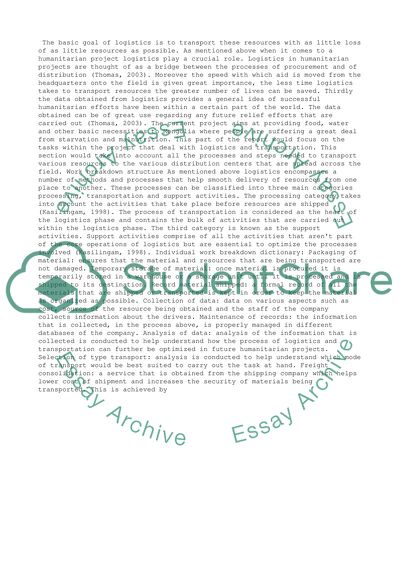Cite this document
(“Project Management ( Humanitarian Project) Essay”, n.d.)
Project Management ( Humanitarian Project) Essay. Retrieved from https://studentshare.org/management/1493493-project-management-humanitarian-project
Project Management ( Humanitarian Project) Essay. Retrieved from https://studentshare.org/management/1493493-project-management-humanitarian-project
(Project Management ( Humanitarian Project) Essay)
Project Management ( Humanitarian Project) Essay. https://studentshare.org/management/1493493-project-management-humanitarian-project.
Project Management ( Humanitarian Project) Essay. https://studentshare.org/management/1493493-project-management-humanitarian-project.
“Project Management ( Humanitarian Project) Essay”, n.d. https://studentshare.org/management/1493493-project-management-humanitarian-project.


